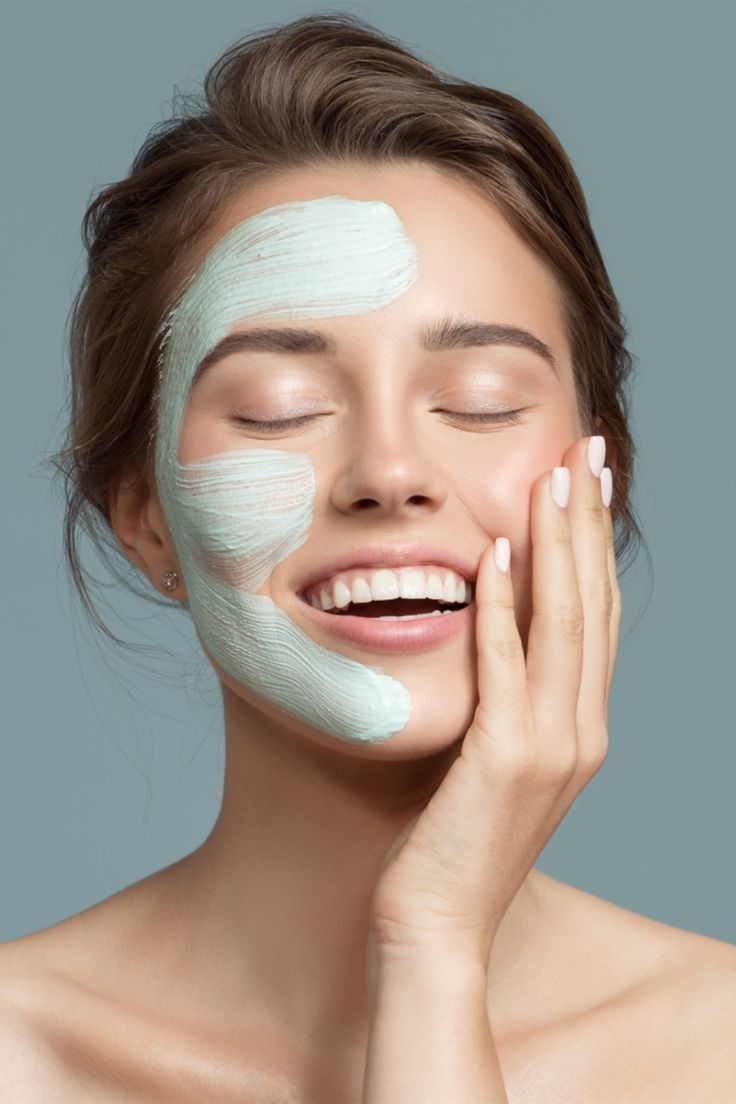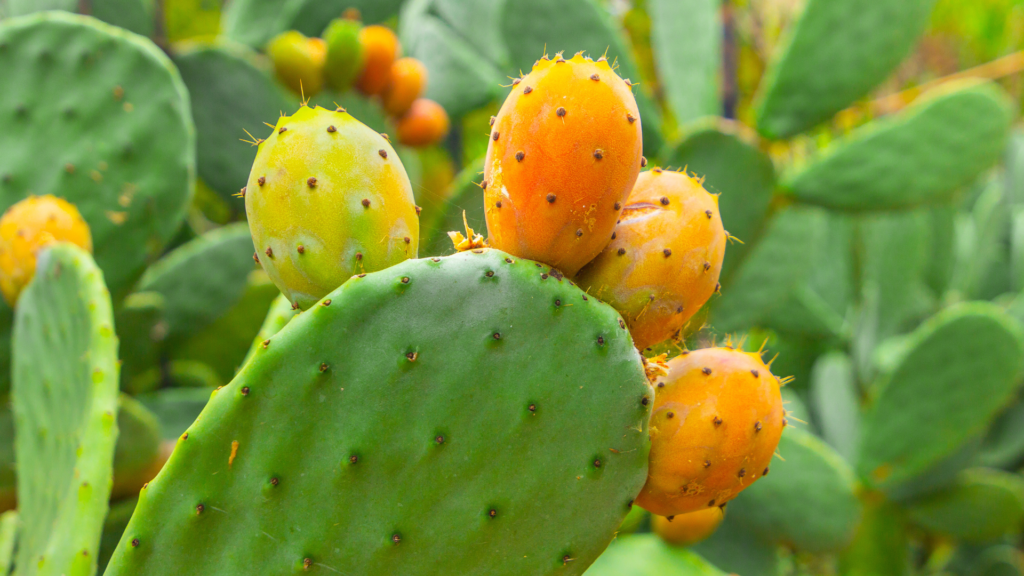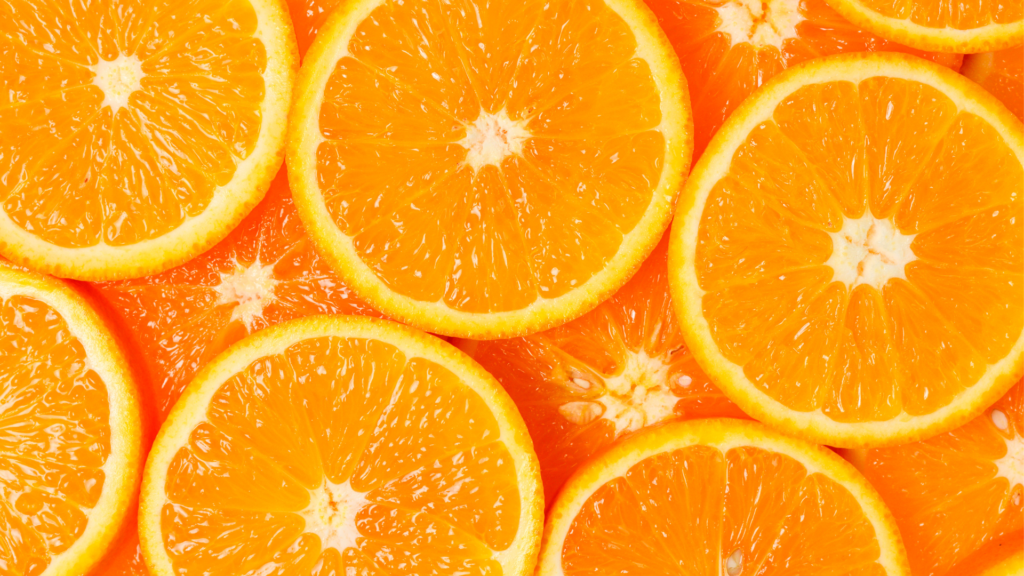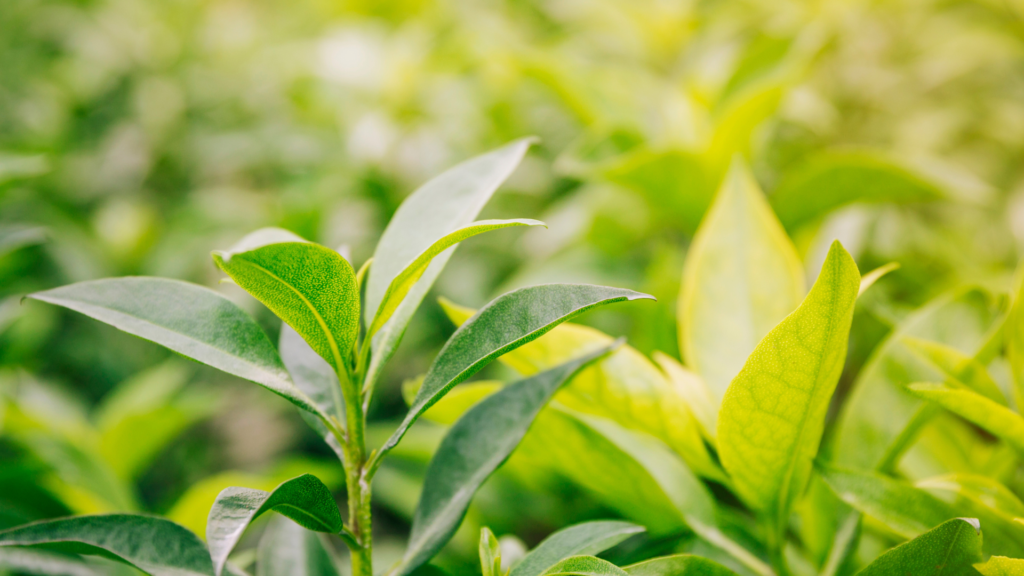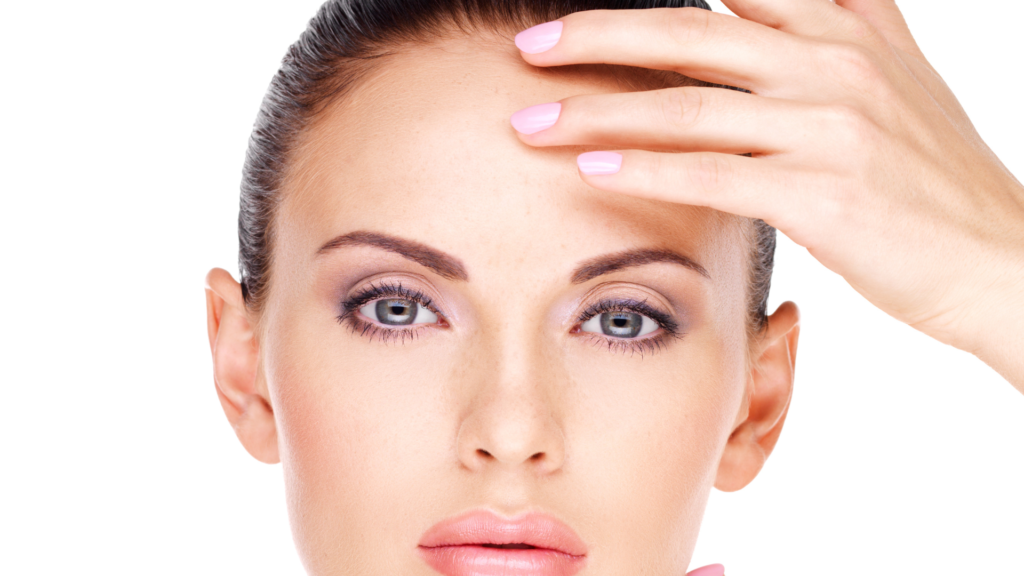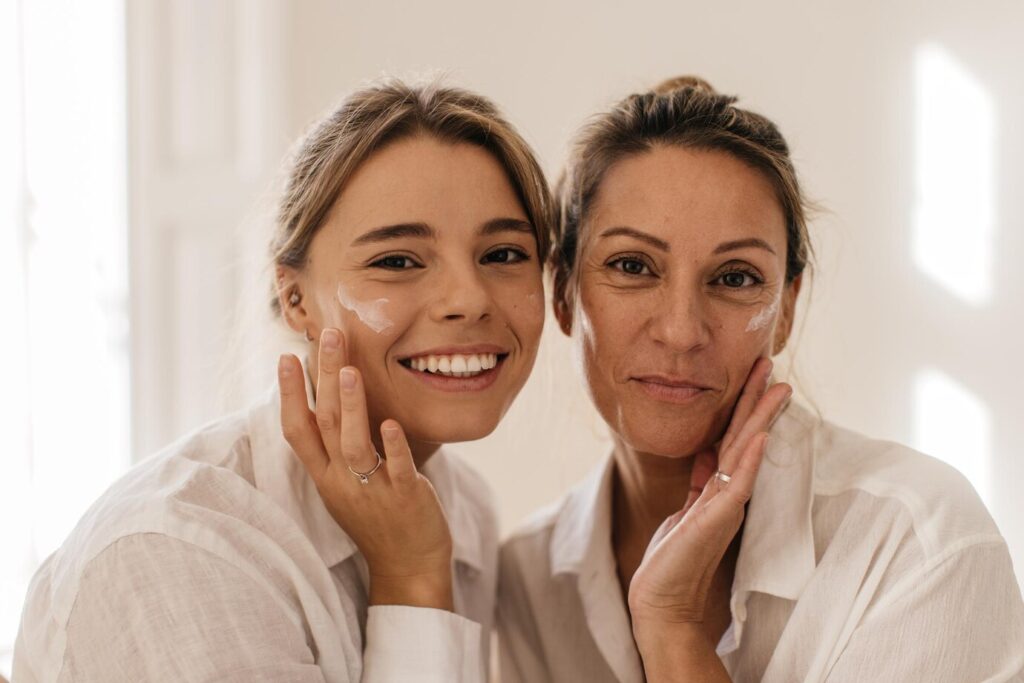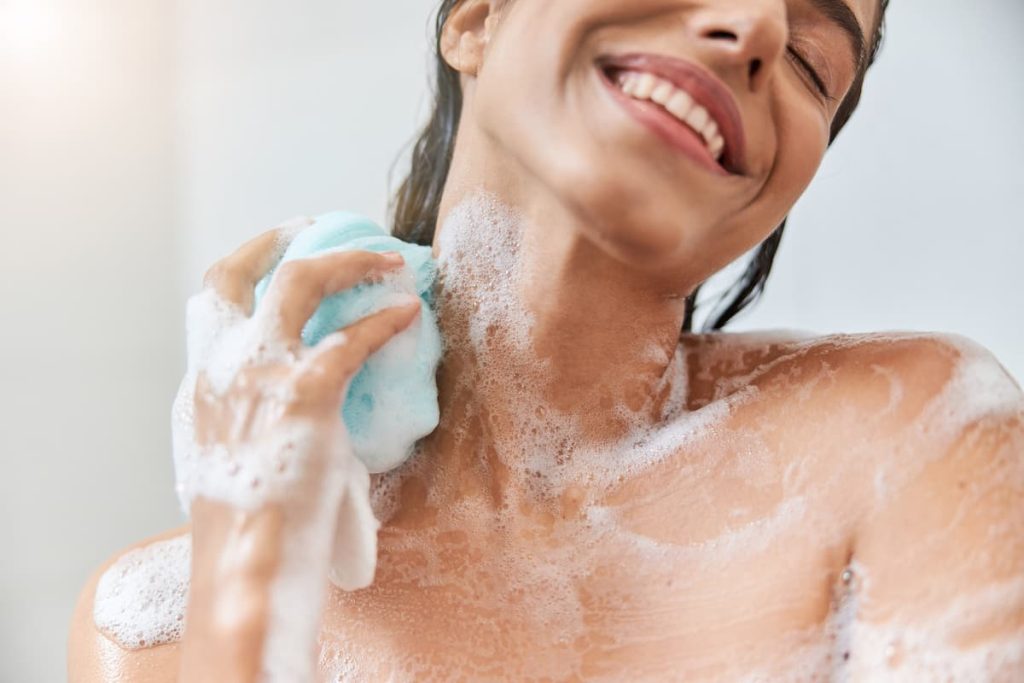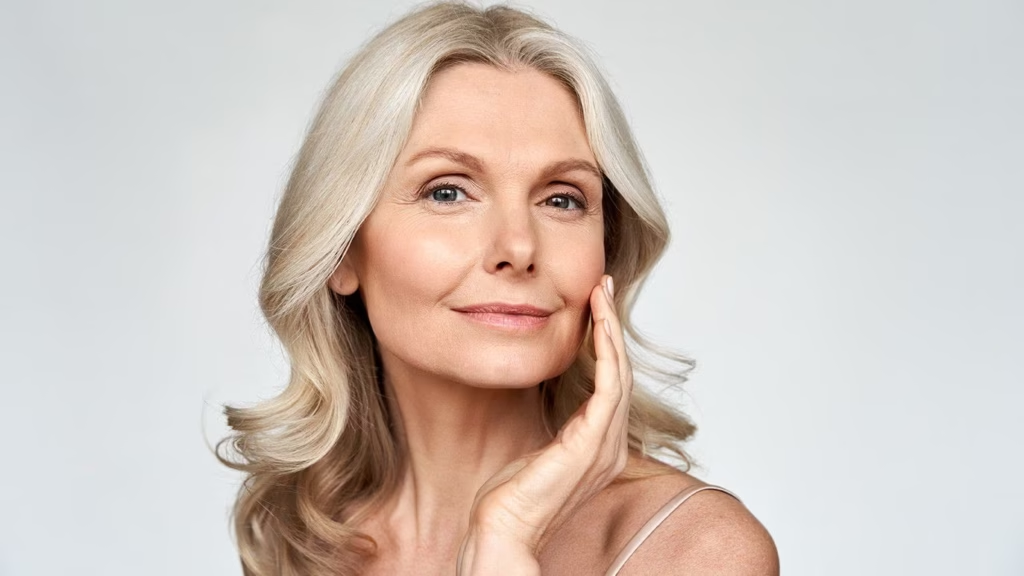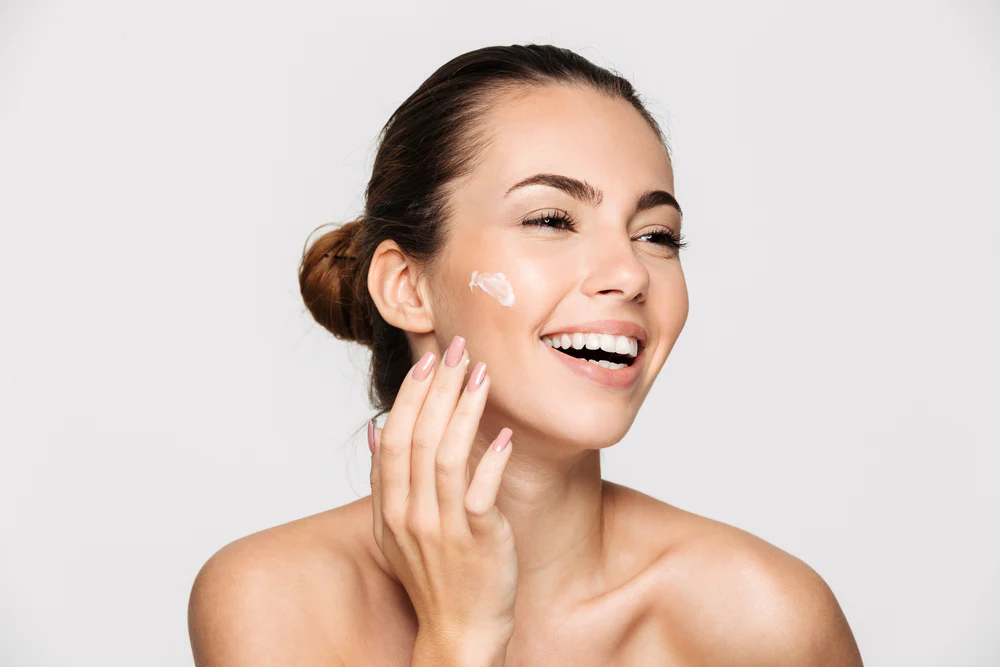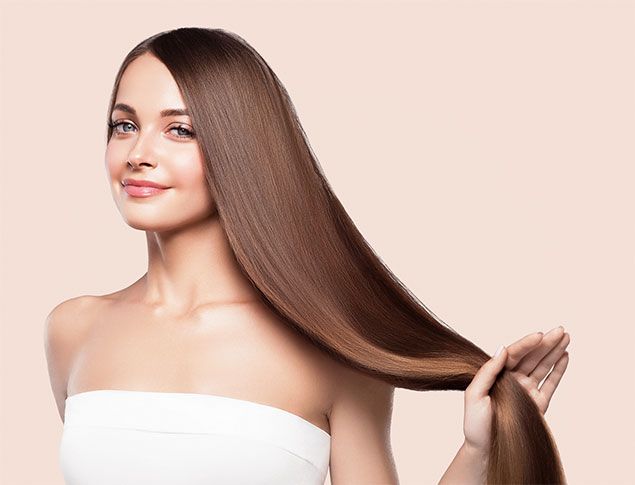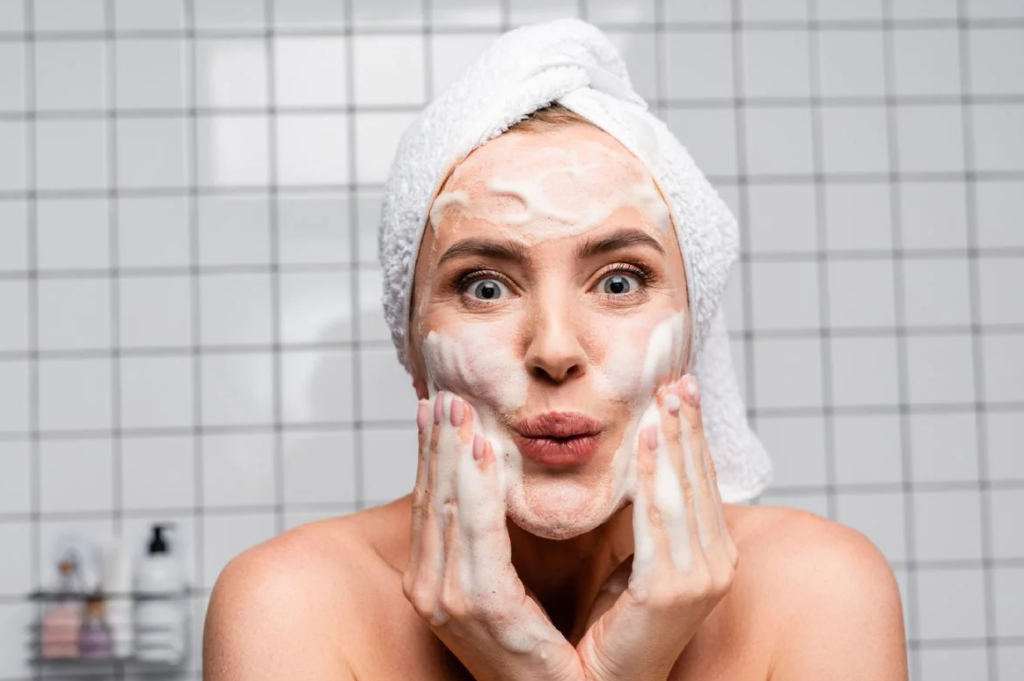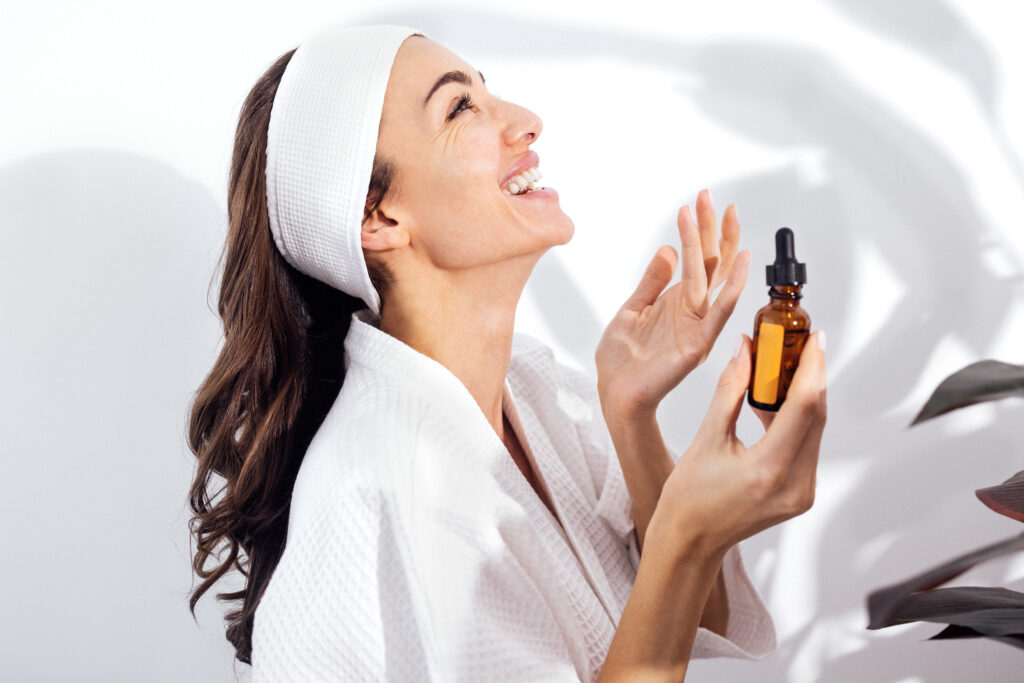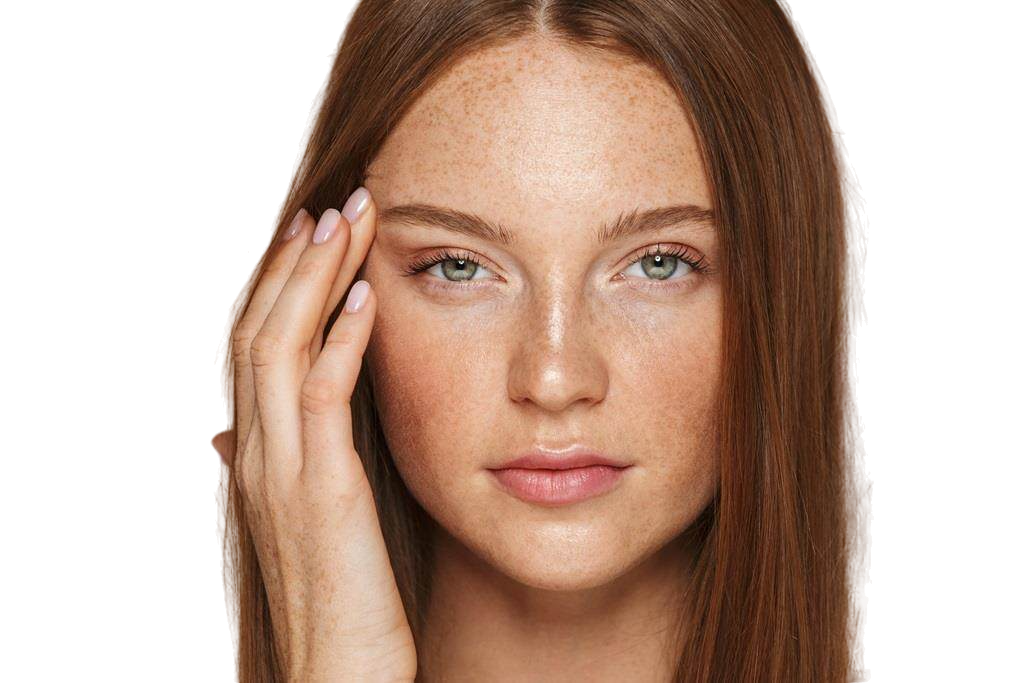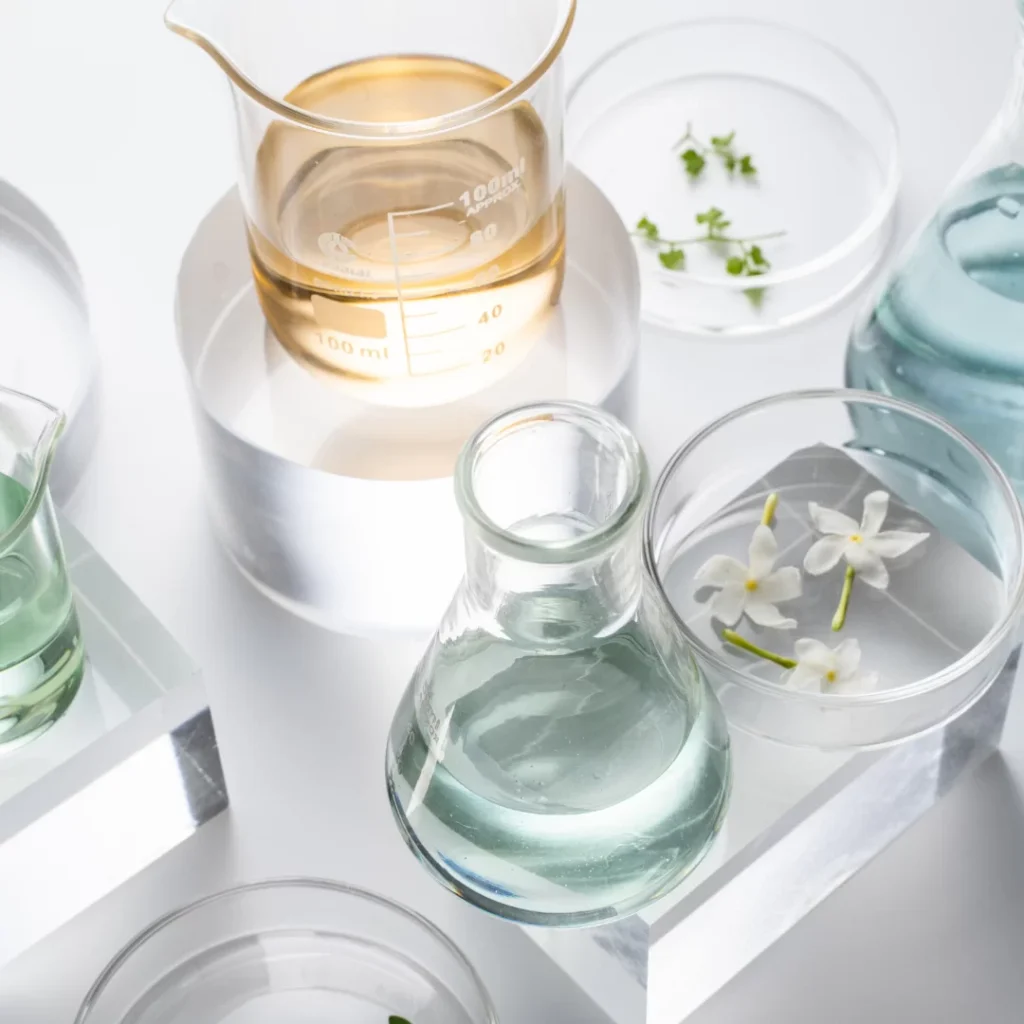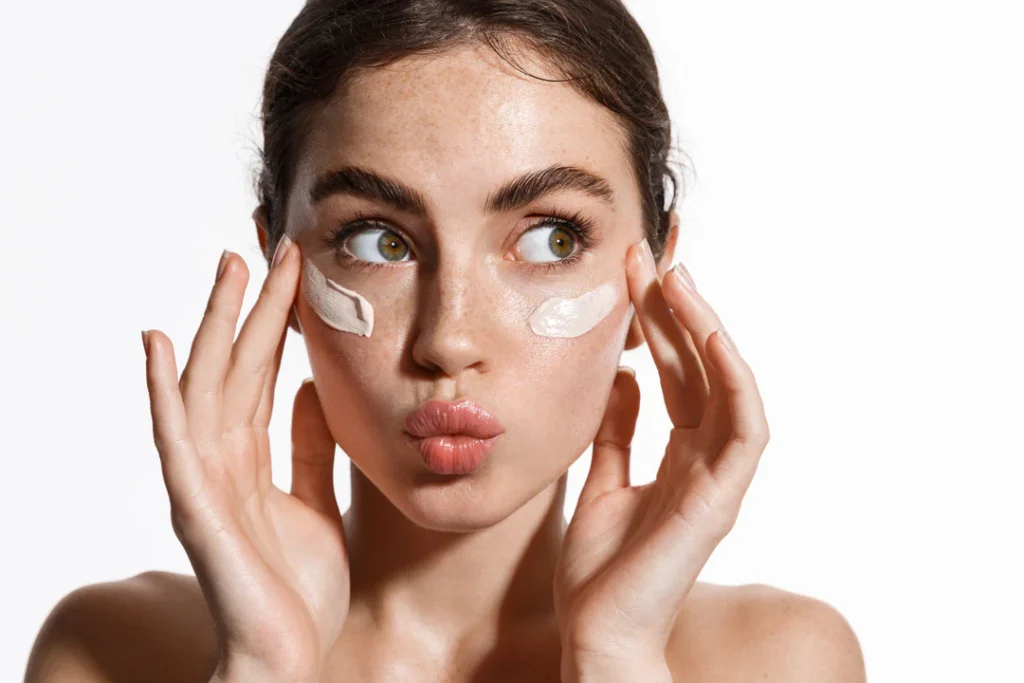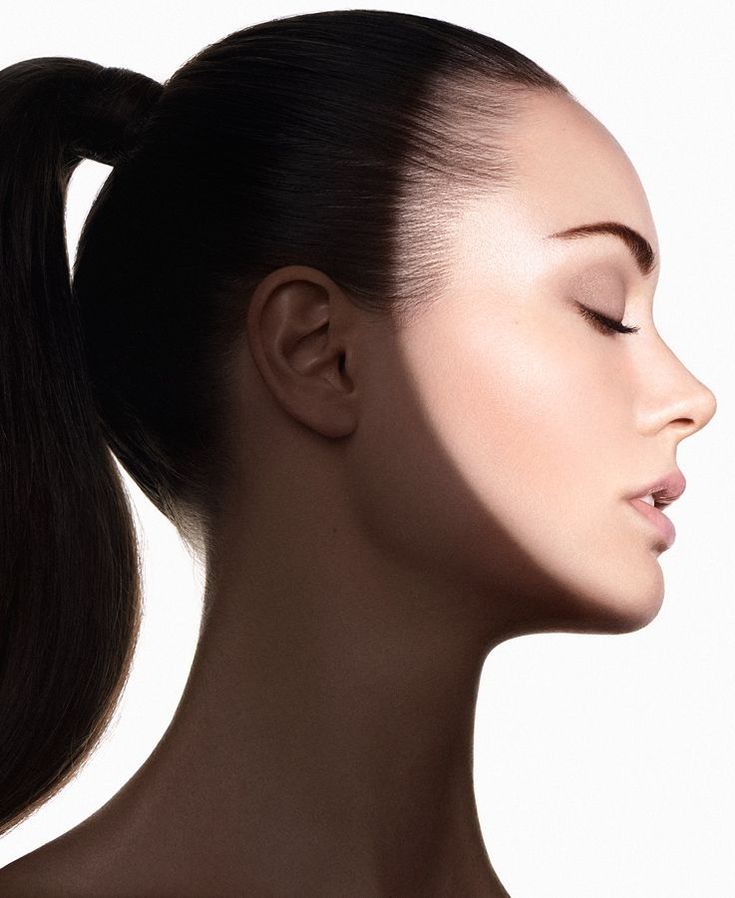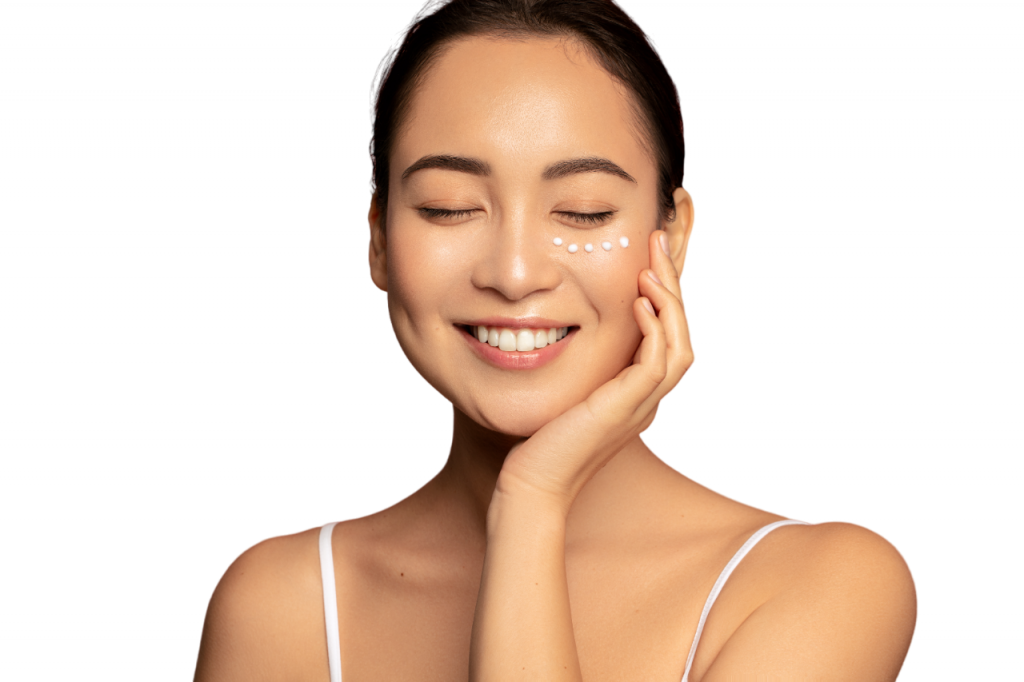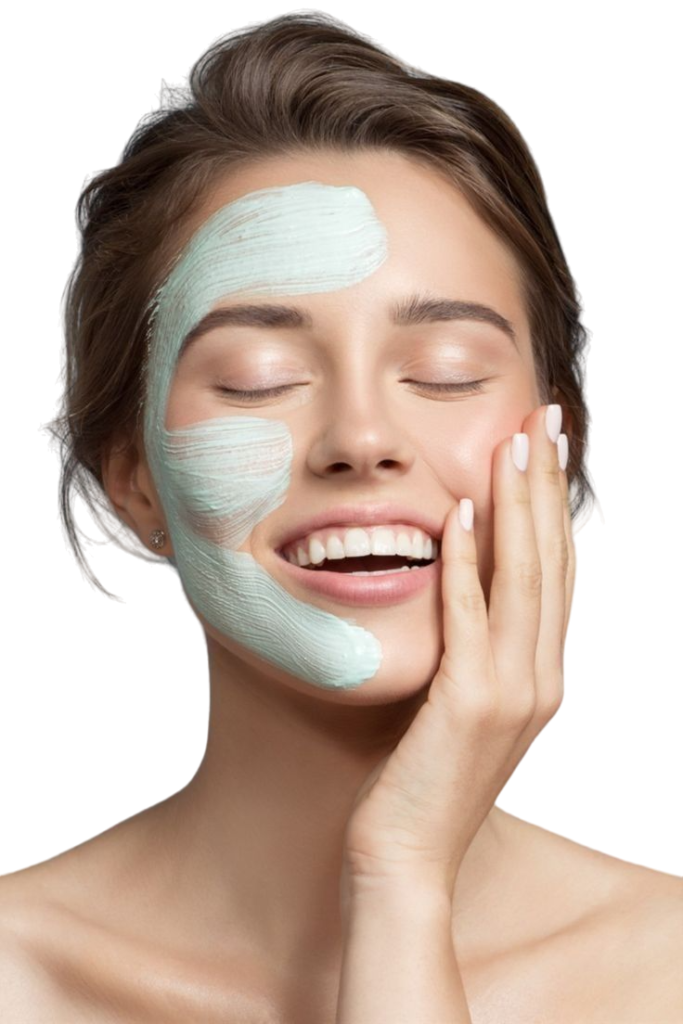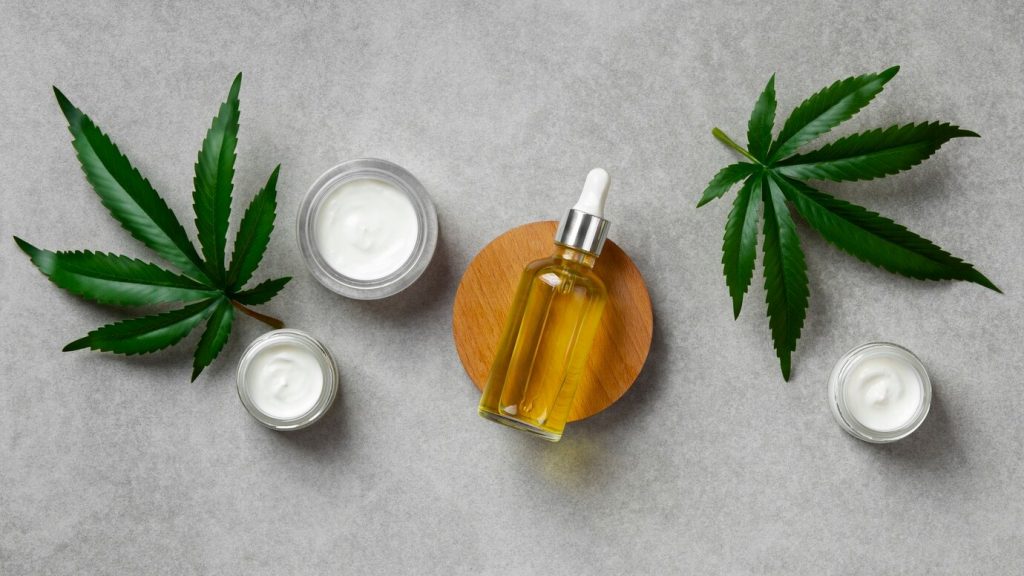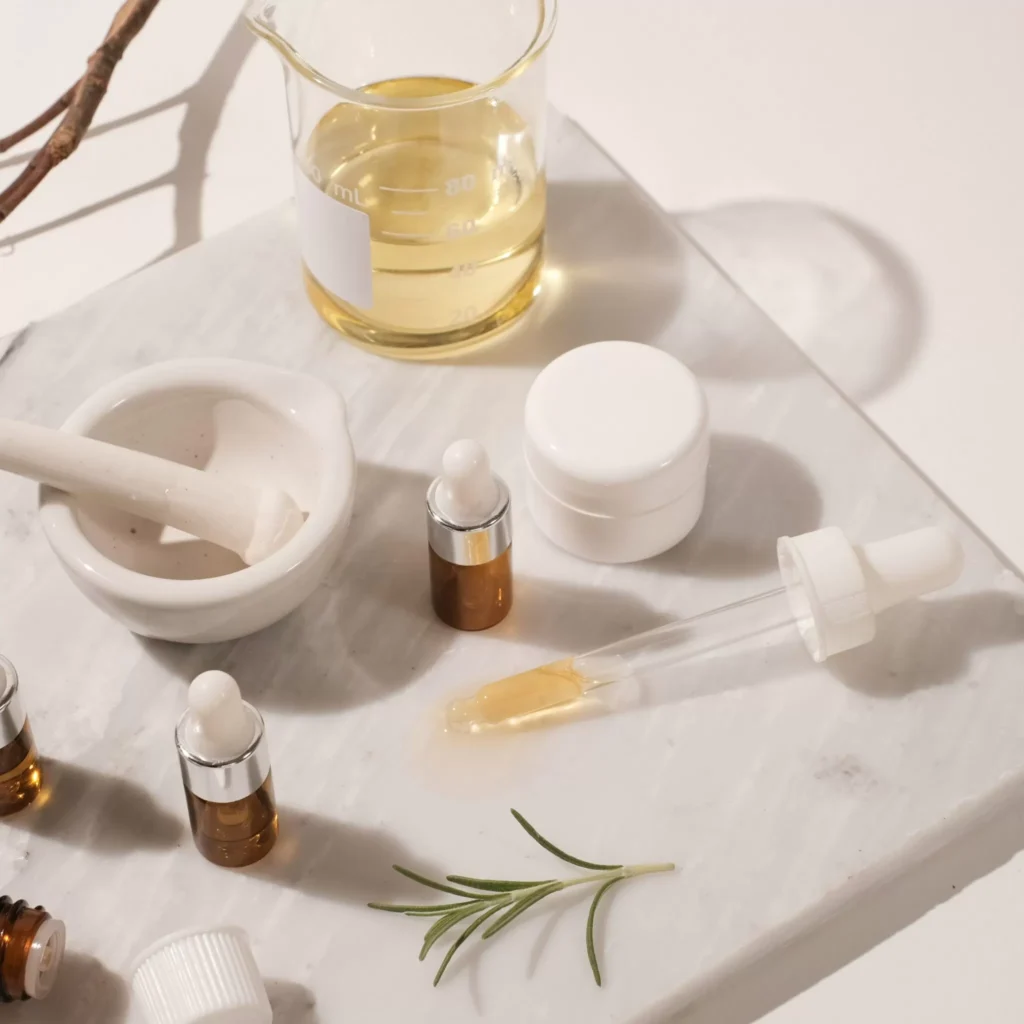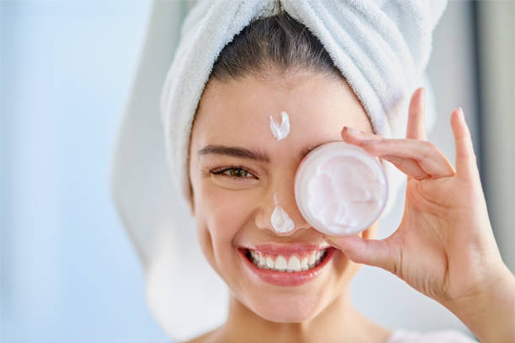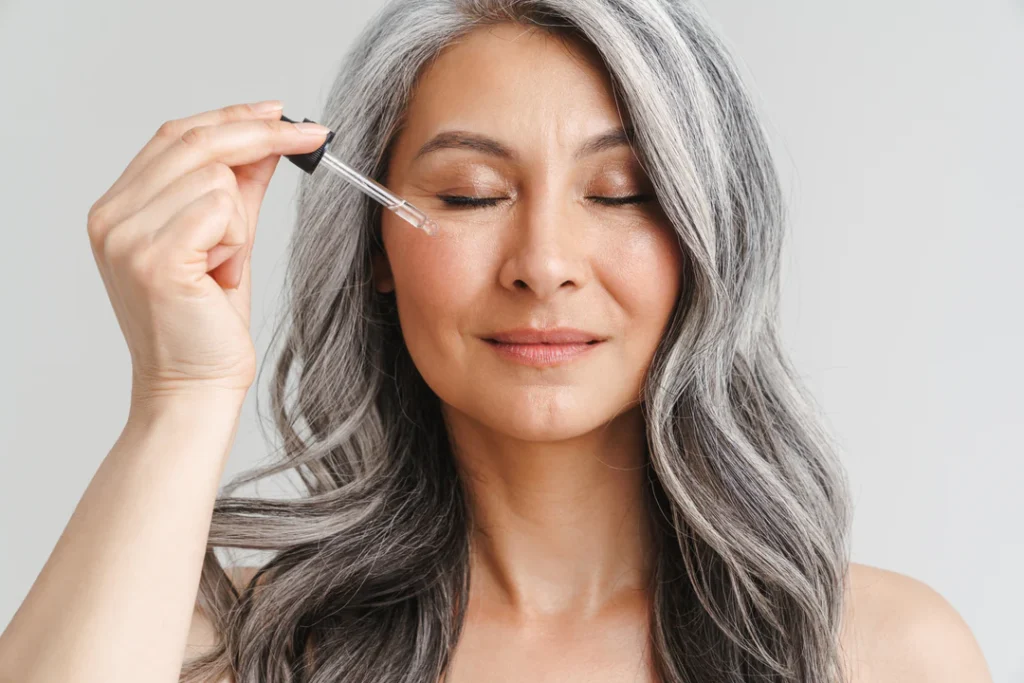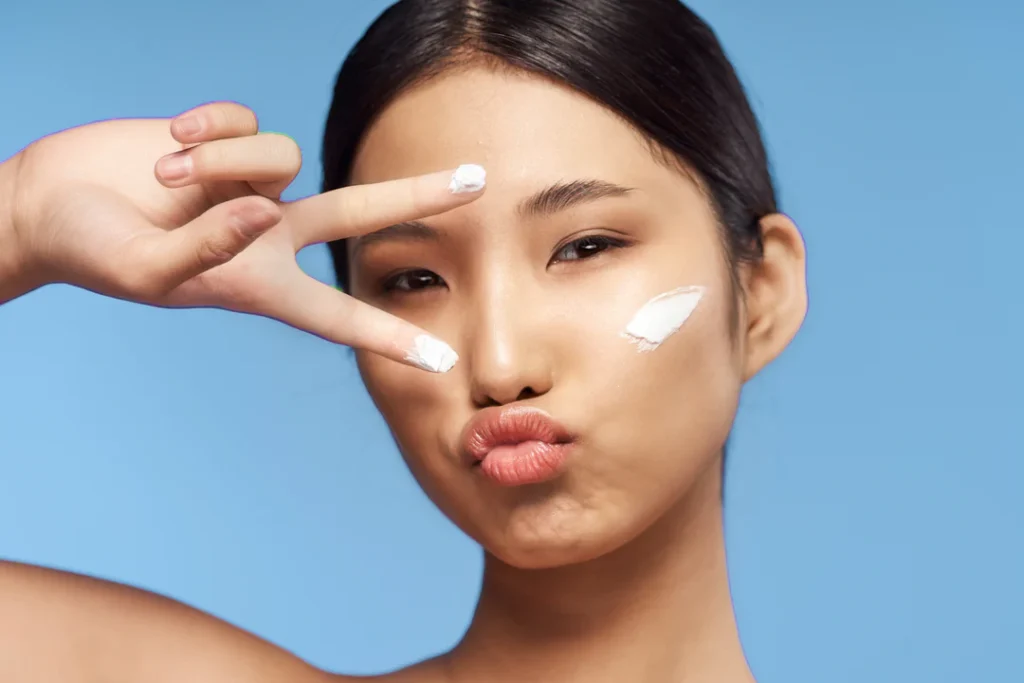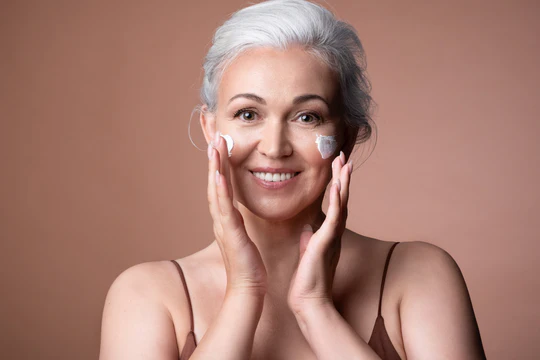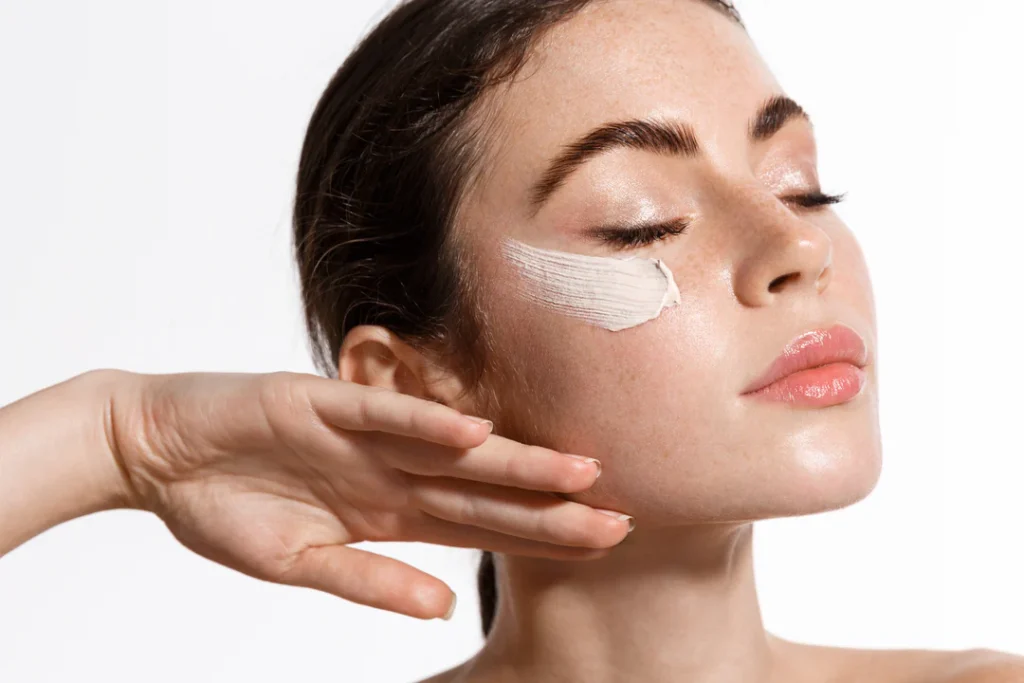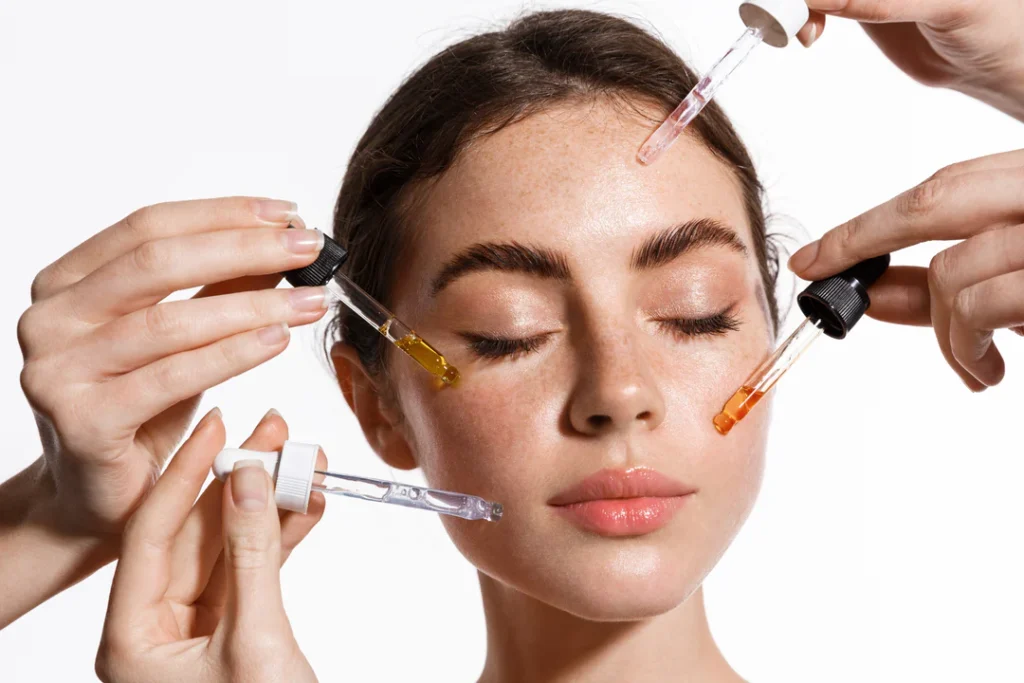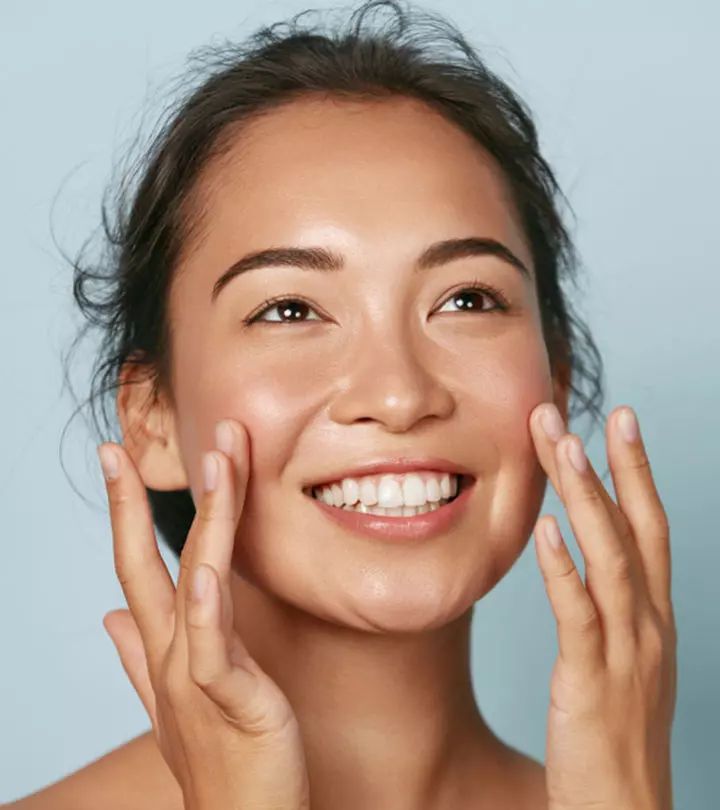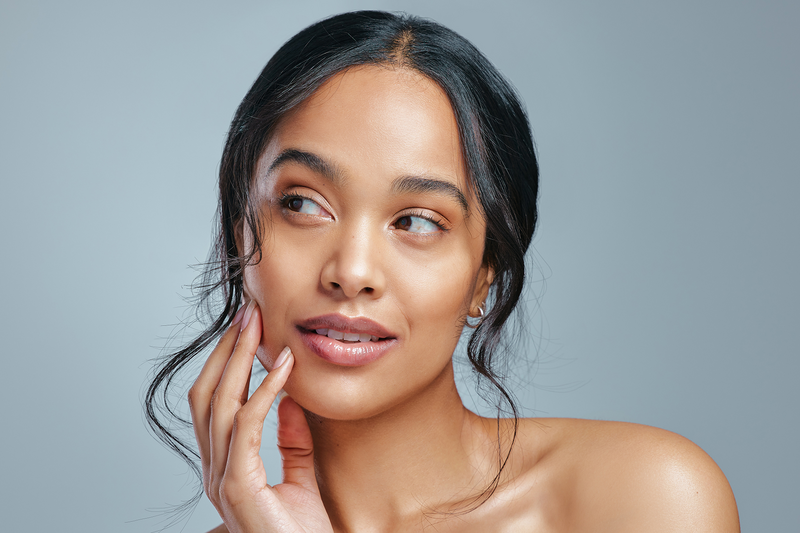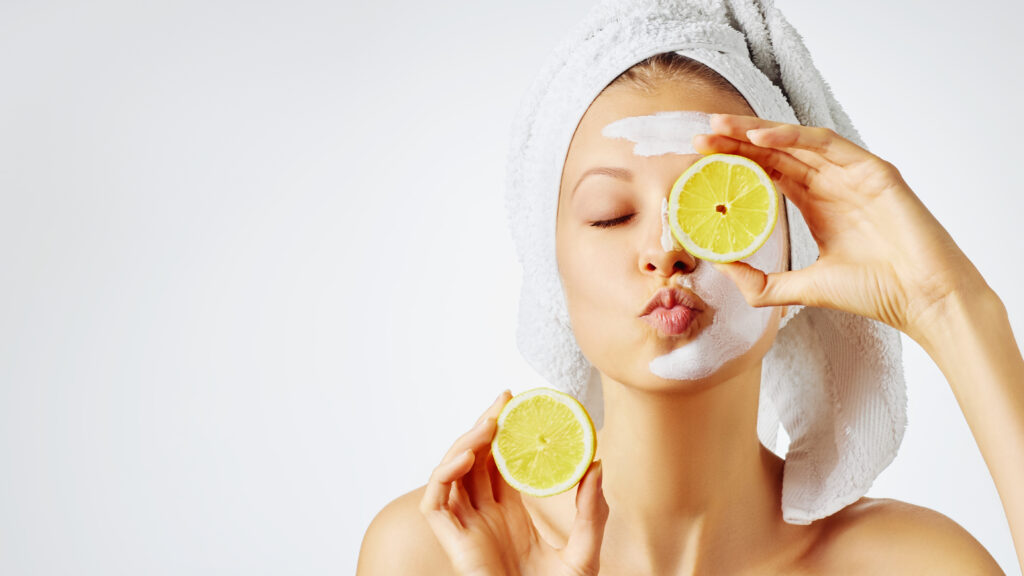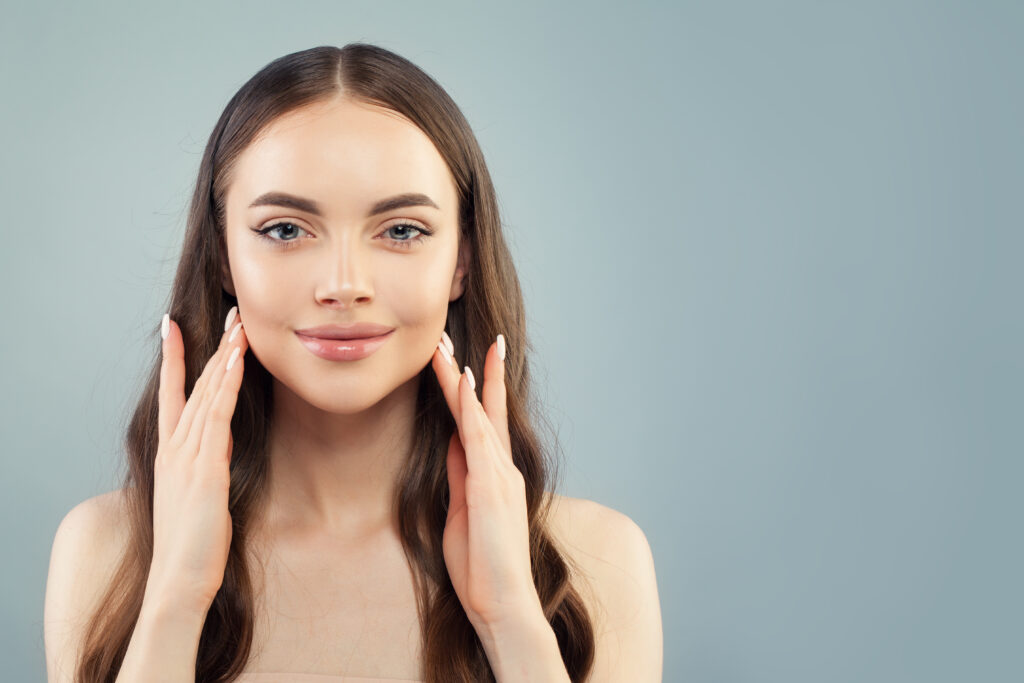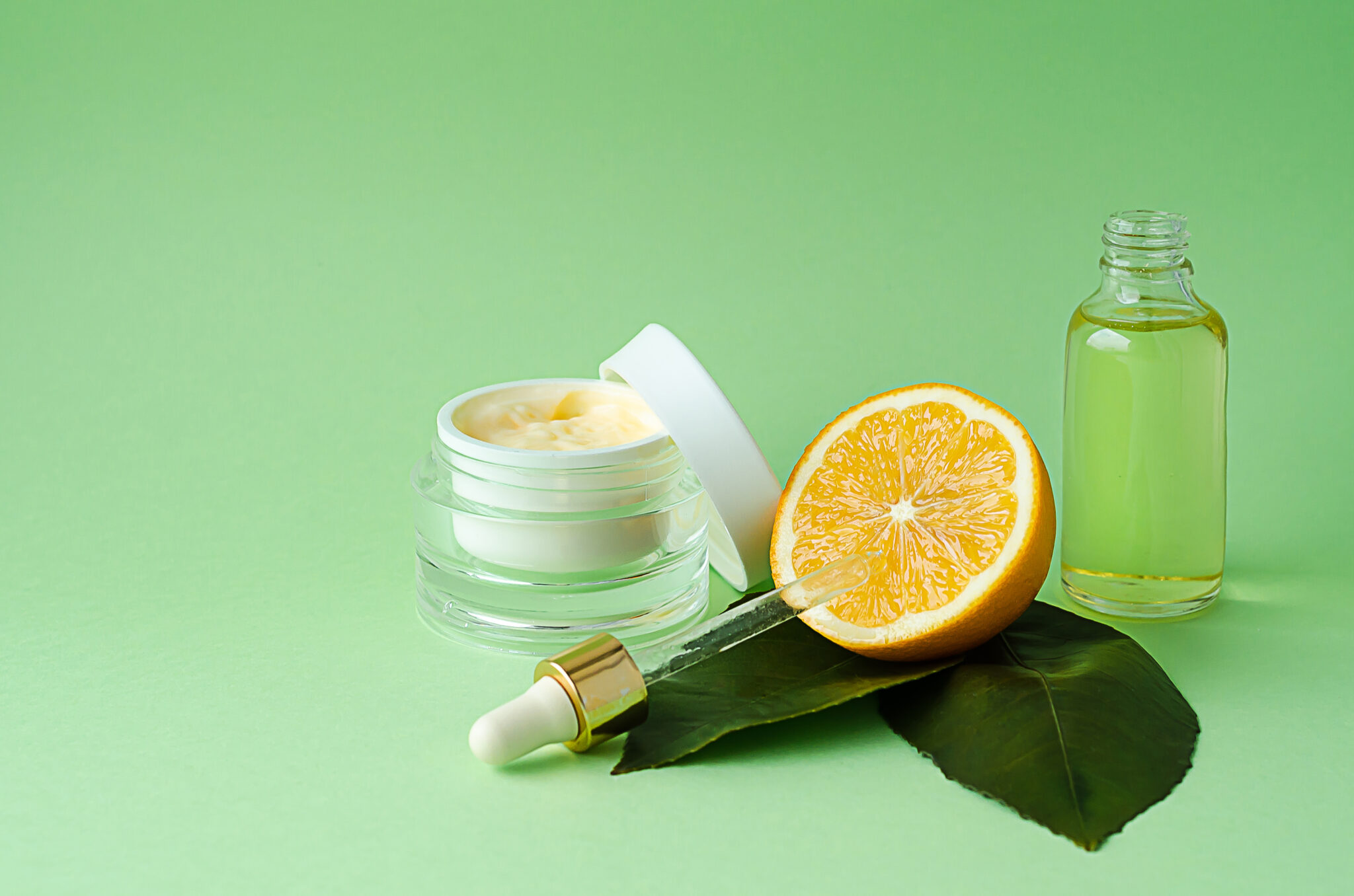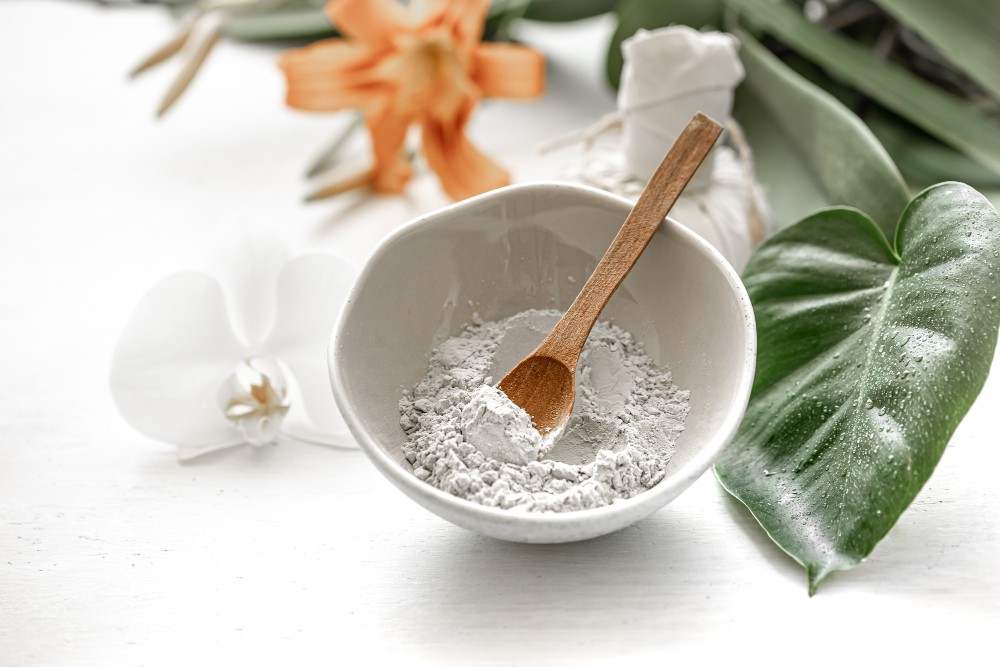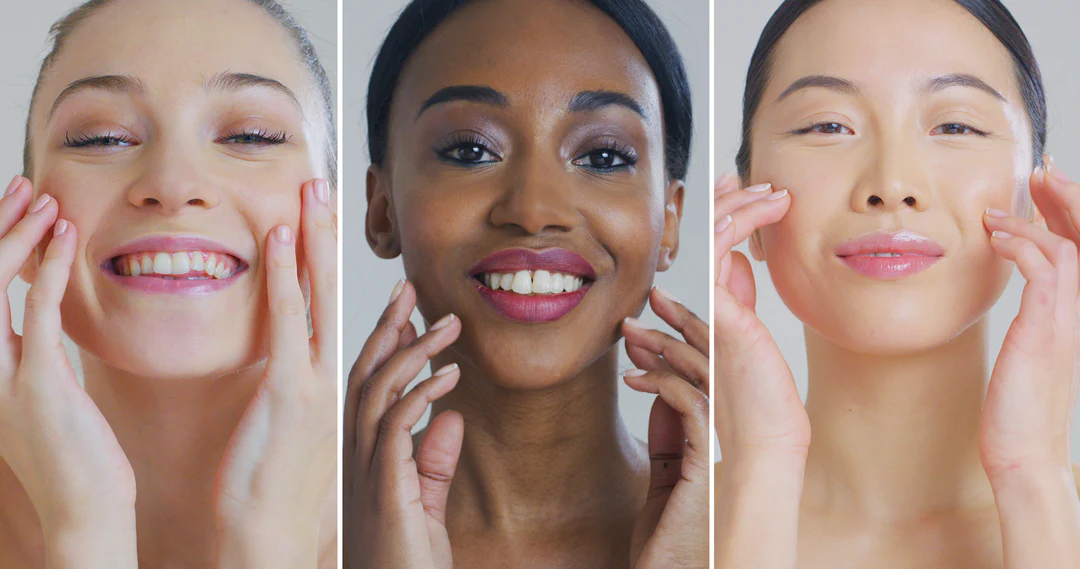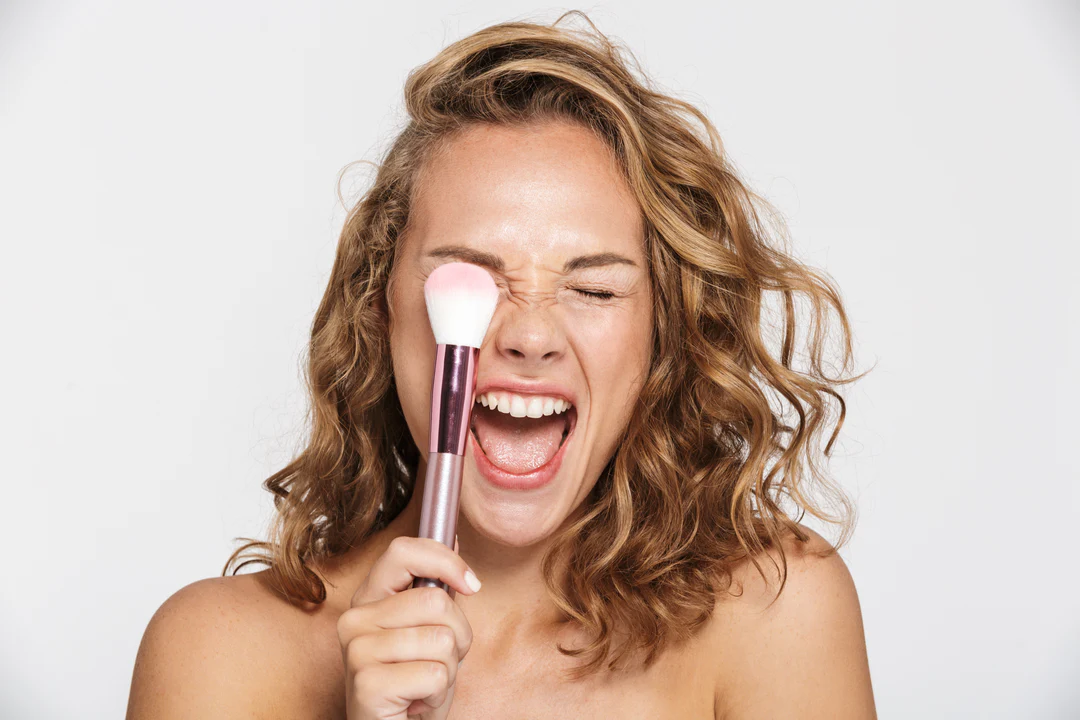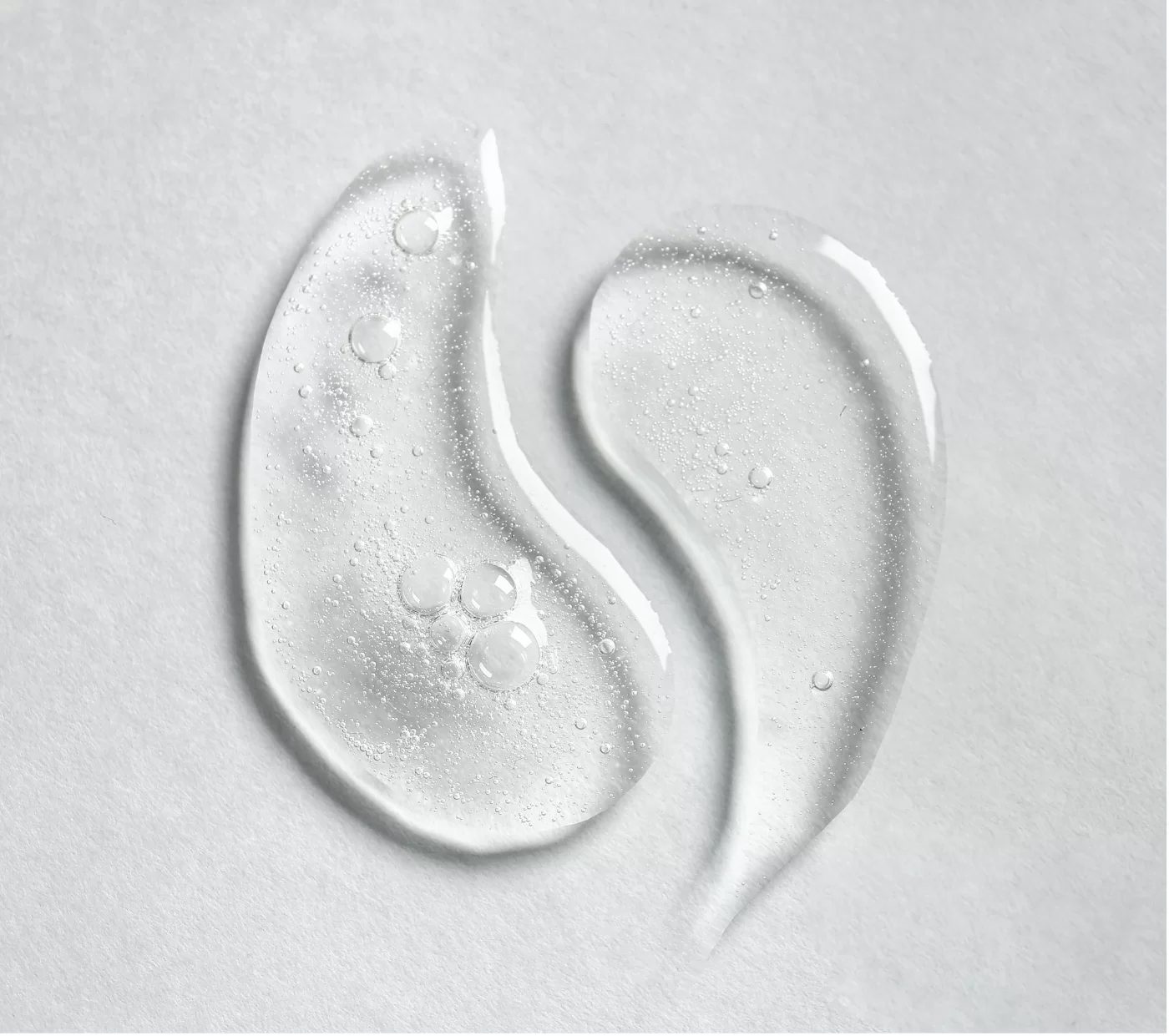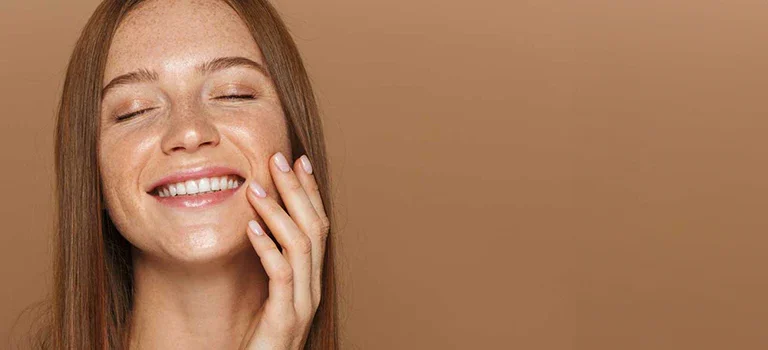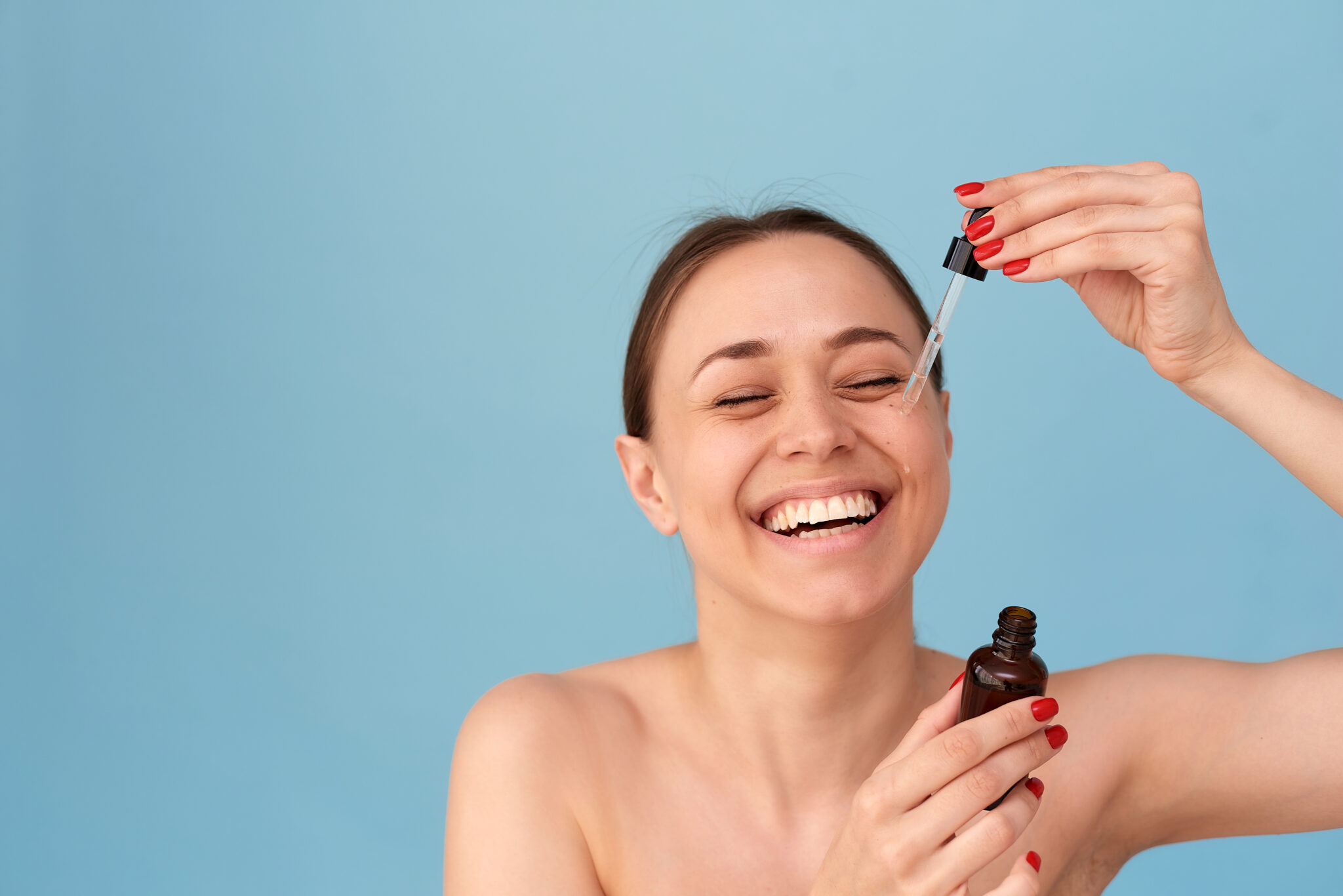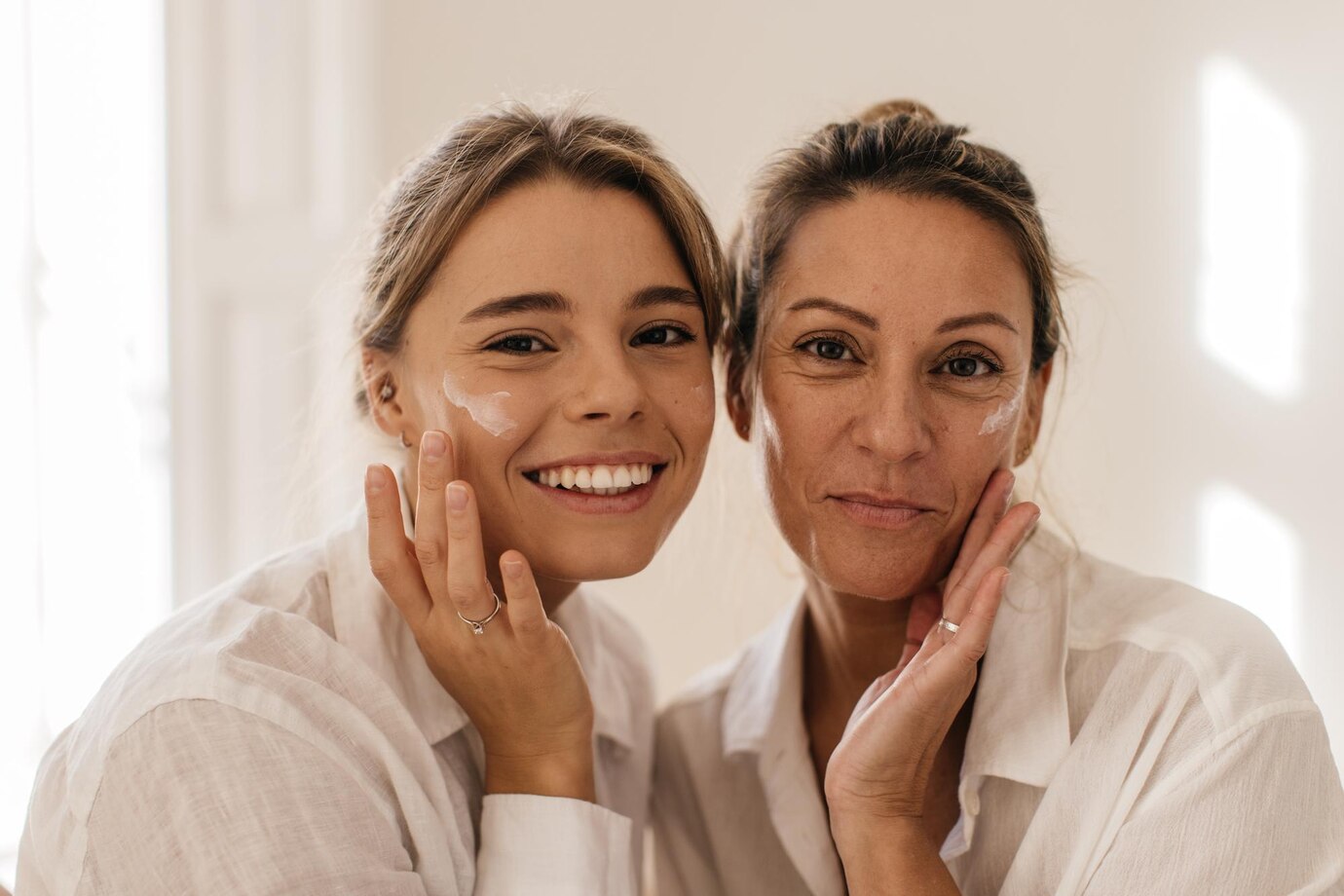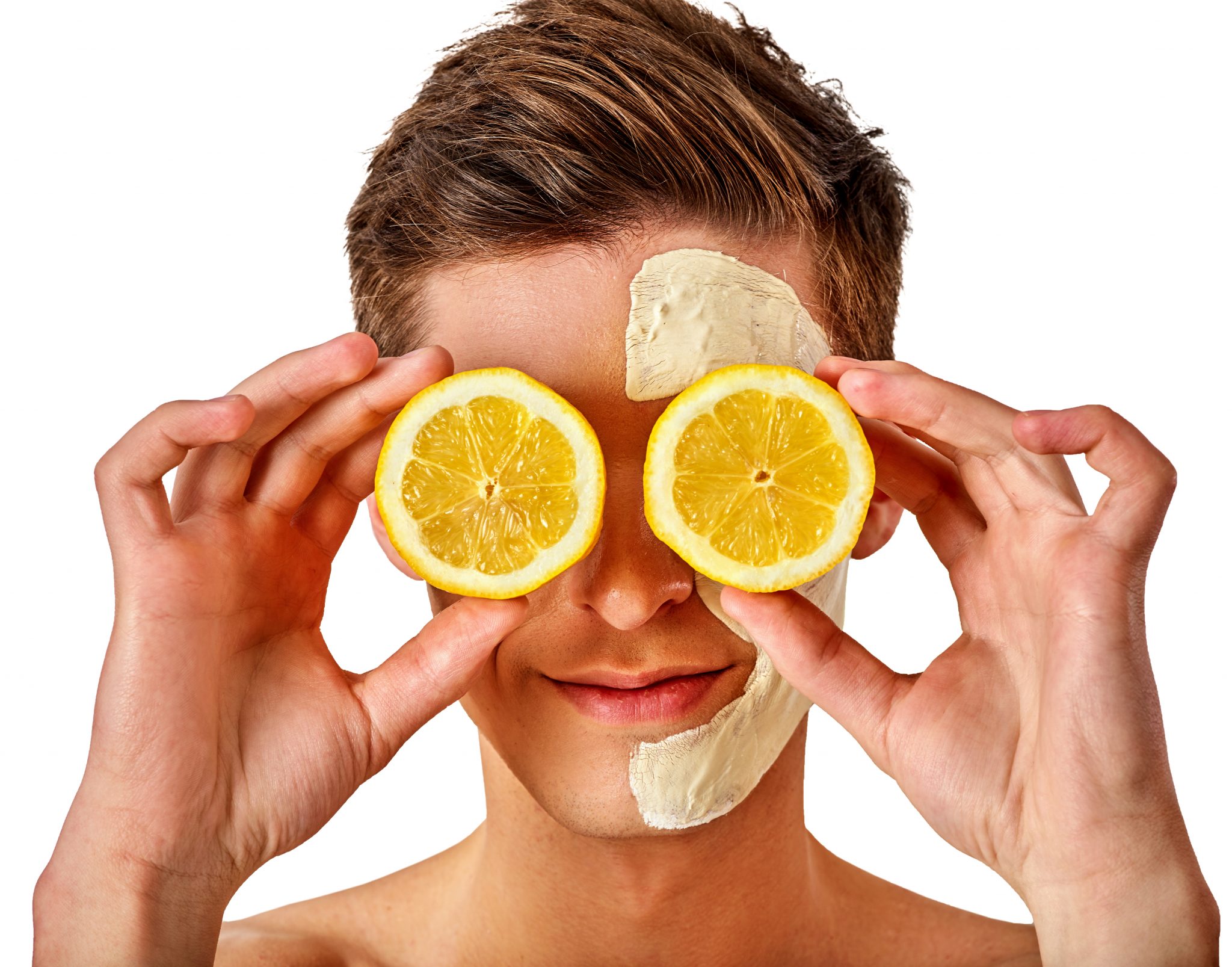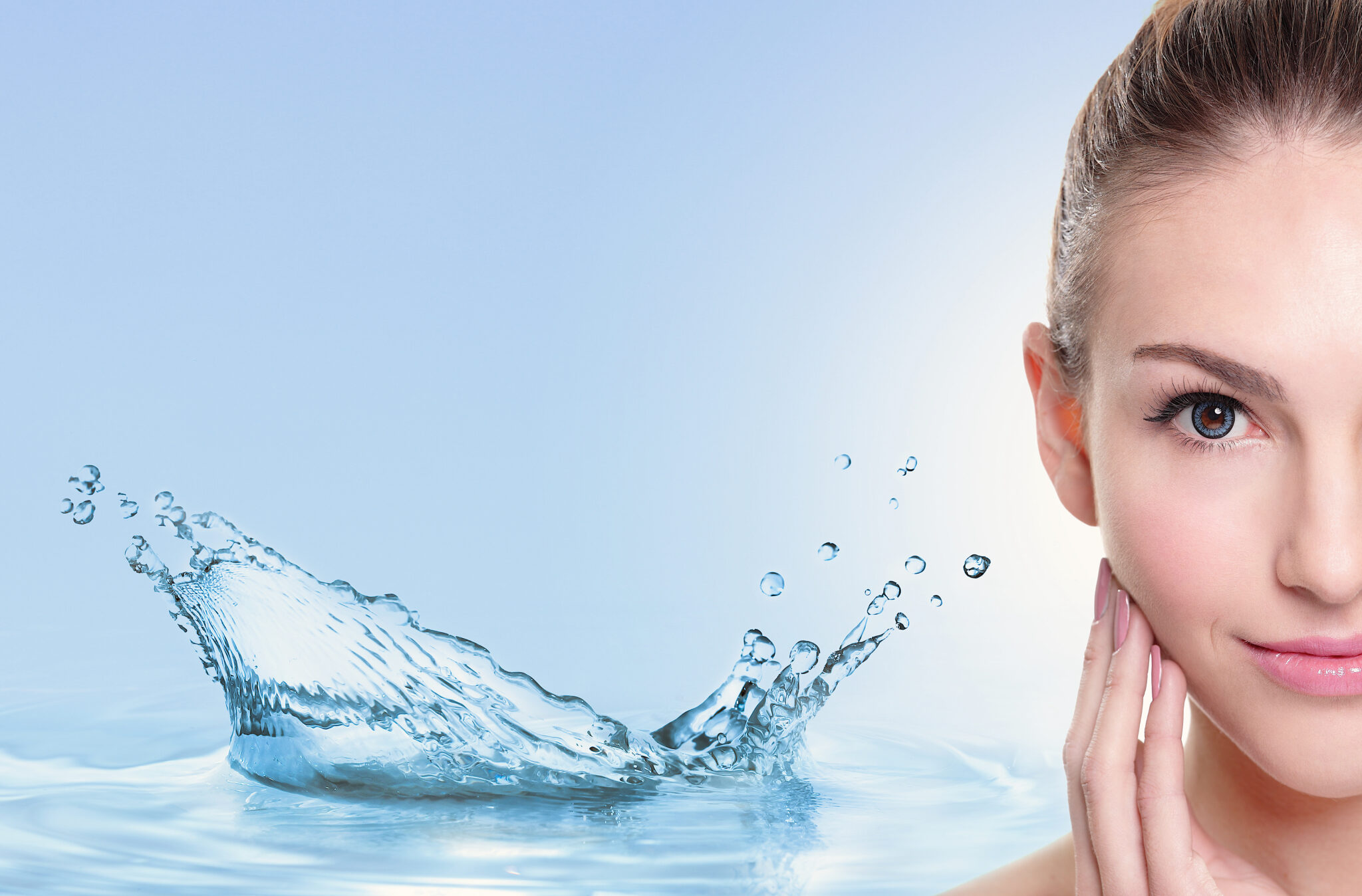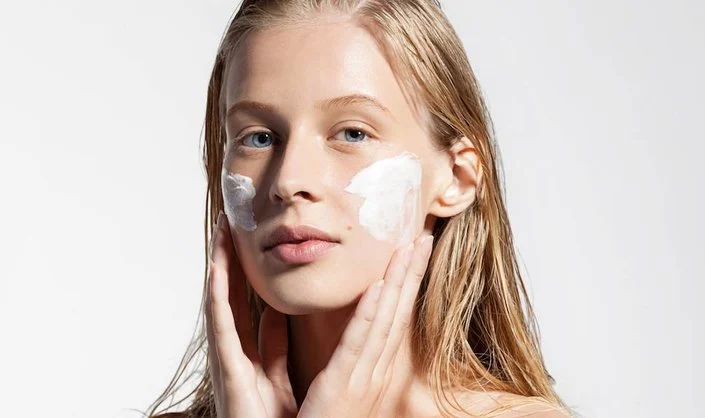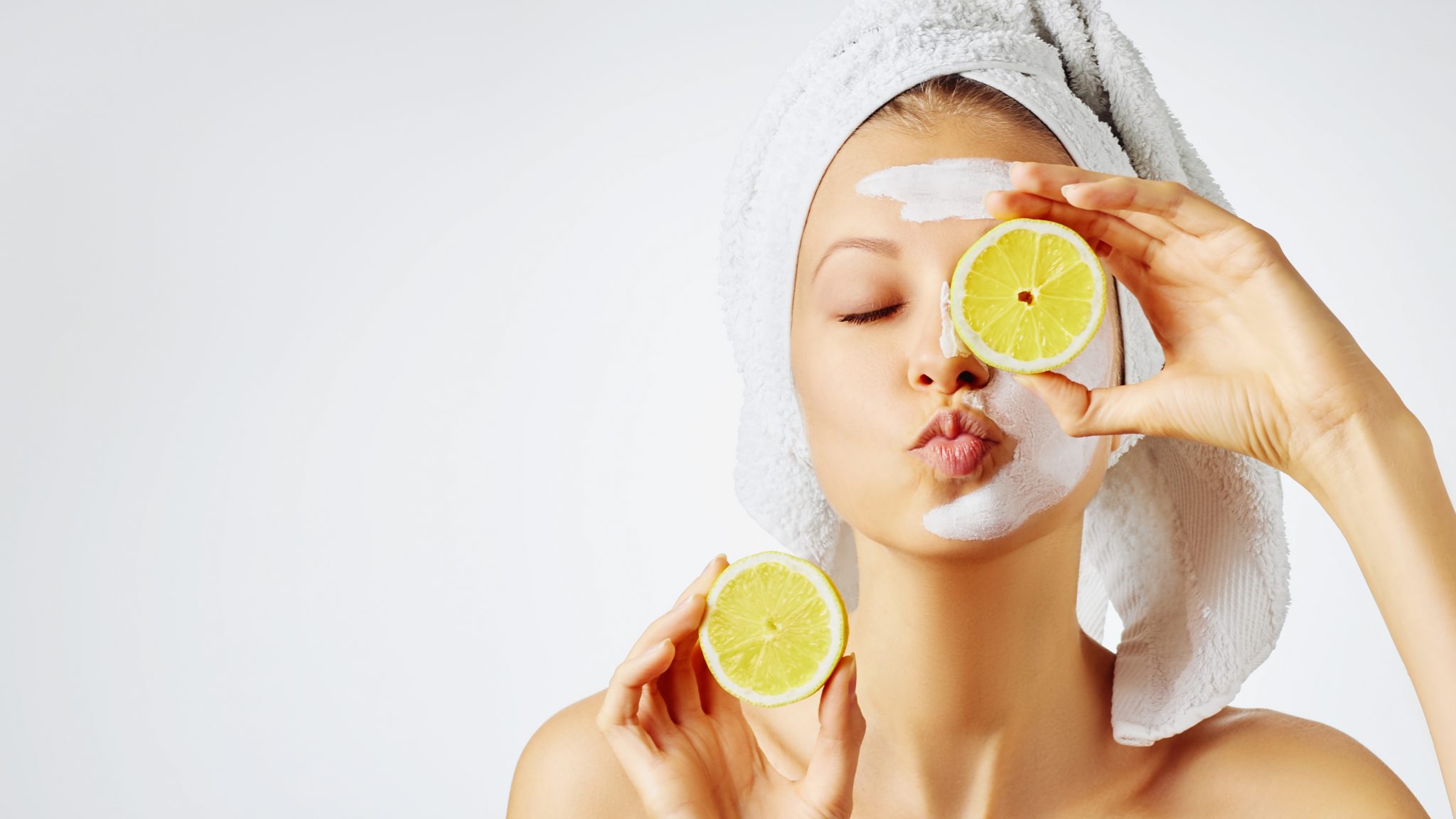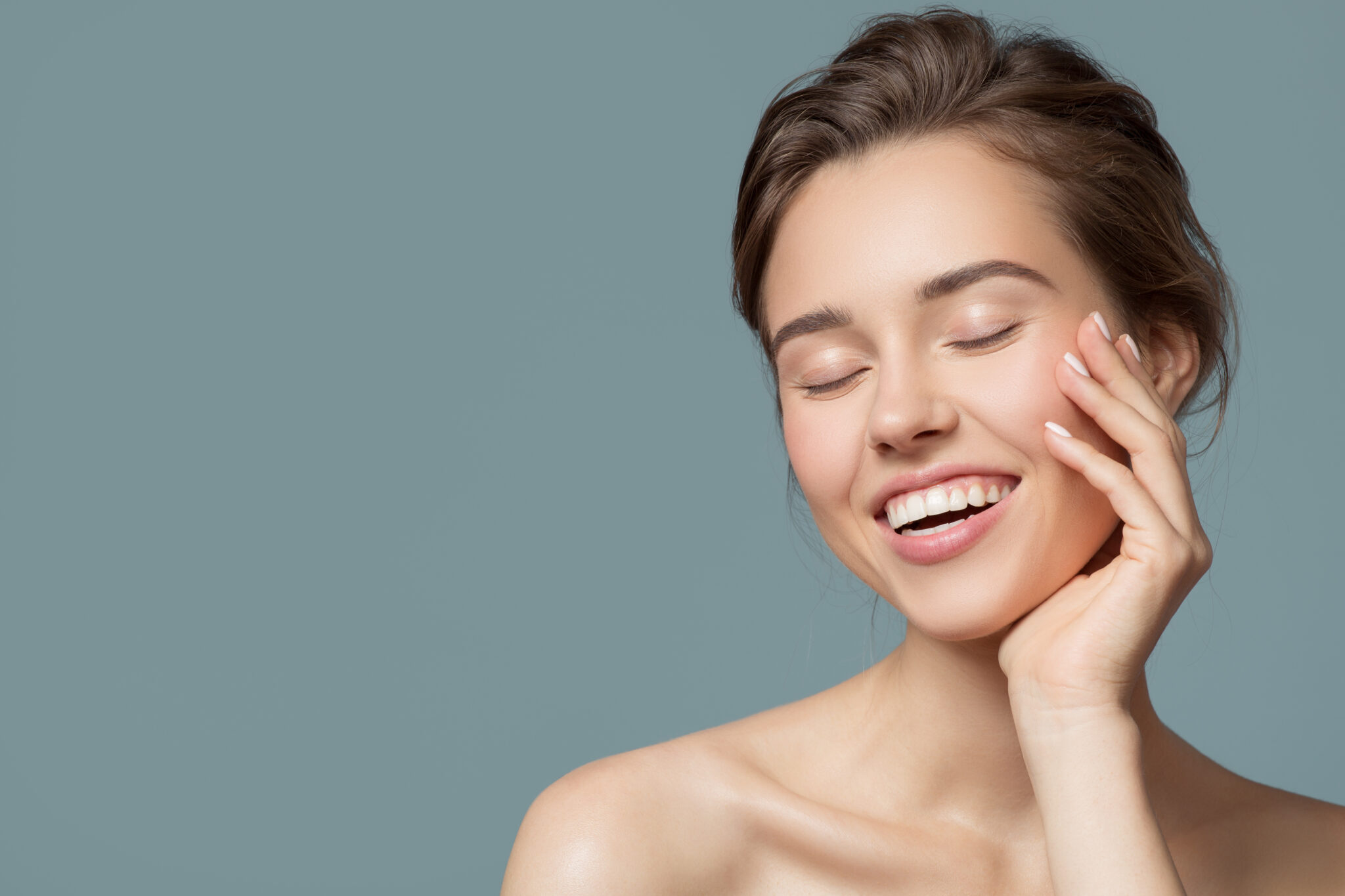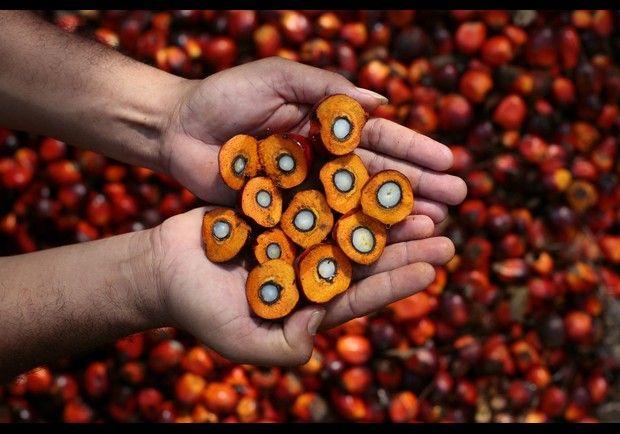VC-MAP, a water-soluble whitening agent, exhibits remarkable properties that make it highly valuable in cosmetic formulations. Upon skin absorption, it demonstrates the ability to effectively counteract the detrimental effects of ultraviolet ray exposure, neutralize oxygen free radicals, stimulate collagen synthesis, prevent pigmentation effectively, and address various skin discolorations. The result is a well-hydrated, supple, smooth, and stable complexion. Notably, Magnesium Ascorbyl Phosphate is non-toxic and non-irritating, establishing it as an excellent additive for contemporary functional whitening cosmetics.
Magnesium Ascorbyl Phosphate (MAP) is a stable, water-soluble derivative of Vitamin C. It is the magnesium salt of ascorbic acid-2-phosphate, and its stability makes it a preferred ingredient in cosmetic and pharmaceutical formulations, especially in those requiring longer shelf lives and reduced oxidation. As an antioxidant, MAP offers similar properties to pure ascorbic acid but with enhanced stability and reduced susceptibility to degradation in the presence of light, air, and heat.
Mechanism of Action:
-
Antioxidant Activity:
MAP functions as a potent antioxidant by scavenging free radicals and reactive oxygen species (ROS), which are generated by environmental stressors like UV radiation and pollution. By neutralizing these harmful molecules, MAP helps prevent oxidative damage to skin cells and the degradation of collagen, promoting healthier and more resilient skin.
-
Skin Whitening and Melanin Inhibition:
Like other Vitamin C derivatives, MAP inhibits the enzyme tyrosinase, which plays a critical role in the biosynthesis of melanin. By reducing melanin production, MAP can lighten hyperpigmentation, age spots, and improve overall skin tone, resulting in a brighter complexion.
-
Collagen Synthesis:
MAP promotes the synthesis of collagen and elastin by stimulating fibroblasts in the dermis. This contributes to improved skin elasticity, reduced fine lines, and overall skin firmness, supporting its use in anti-aging formulations.
-
Enhanced Stability:
Unlike pure ascorbic acid, which is highly prone to oxidation when exposed to air and light, MAP maintains its potency for extended periods, even in aqueous formulations. This makes it an ideal choice for cosmetic products that require a longer shelf life.
-
Hydration:
MAP has been shown to improve skin hydration, both by enhancing the skin’s moisture retention and by improving the integrity of the skin barrier function. Its hydrophilic nature supports its incorporation into formulations aimed at promoting a hydrated and healthy skin appearance.
Applications in Cosmetic and Pharmaceutical Formulations:
-
Skincare Products:
- Brightening Agents: MAP is commonly used in serums, moisturizers, and toners aimed at improving skin tone, reducing dark spots, and enhancing overall radiance.
- Anti-Aging Products: Due to its collagen-stimulating properties, MAP is often included in formulations designed to reduce fine lines, wrinkles, and skin sagging.
- Hydrating Formulations: MAP can be used in moisturizers and hydrating masks, as it also provides skin barrier repair and moisture retention benefits.
- Acne and Hyperpigmentation Treatments: MAP is effective in reducing post-inflammatory hyperpigmentation (PIH) caused by acne, making it a common ingredient in acne treatment products.
-
Pharmaceutical Applications:
- Wound Healing: MAP’s collagen-promoting properties can support wound healing and tissue regeneration, making it a potential candidate for pharmaceutical applications related to skin repair.
- Cosmeceuticals: Due to its gentle formulation and effectiveness, MAP is frequently used in cosmeceutical products designed for skin conditions like hyperpigmentation, photoaging, and skin repair.
Stability and Formulation Considerations:
-
Formulation Compatibility:
MAP is highly compatible with a wide range of excipients, including humectants (like glycerin and hyaluronic acid), emulsifiers, and other active ingredients. It is also stable in various pH ranges (pH 5-7), which makes it versatile in both aqueous and oil-in-water emulsions.
-
Storage Conditions:
While MAP is more stable than pure ascorbic acid, it should still be stored in a cool, dark environment, preferably in opaque packaging to avoid prolonged exposure to light and air, which could still lead to a gradual reduction in potency over time.
-
Co-Formulation with Other Vitamin C Derivatives:
MAP can be co-formulated with other stable Vitamin C derivatives, such as ascorbyl palmitate, for synergistic effects in skincare. However, formulations containing MAP should avoid highly acidic ingredients (such as pure ascorbic acid), as they may cause instability or precipitation in the product.
-
pH and Stability:
The stability of MAP is largely dependent on the pH of the formulation. Maintaining an optimal pH between 5.5 and 7 will ensure its effectiveness and prolong its shelf life.


